The AC-130 gunship is one of the most unusual — and feared — special operations aircraft employed by the U.S. Air Force. It is a close air support aircraft designed to loiter over a battlefield and offer ground forces an amazing amount of firepower. In addition to force protection duties, the planes can provide air interdiction — hitting the enemy at night using its advanced reconnaissance technologies to first find and then rain fire on the enemy. In this article, Dr. Will Dabbs tells us what the AC-130 gunships are and how they’ve been used by U.S. forces in Grenada, during Operation Desert Storm and more.
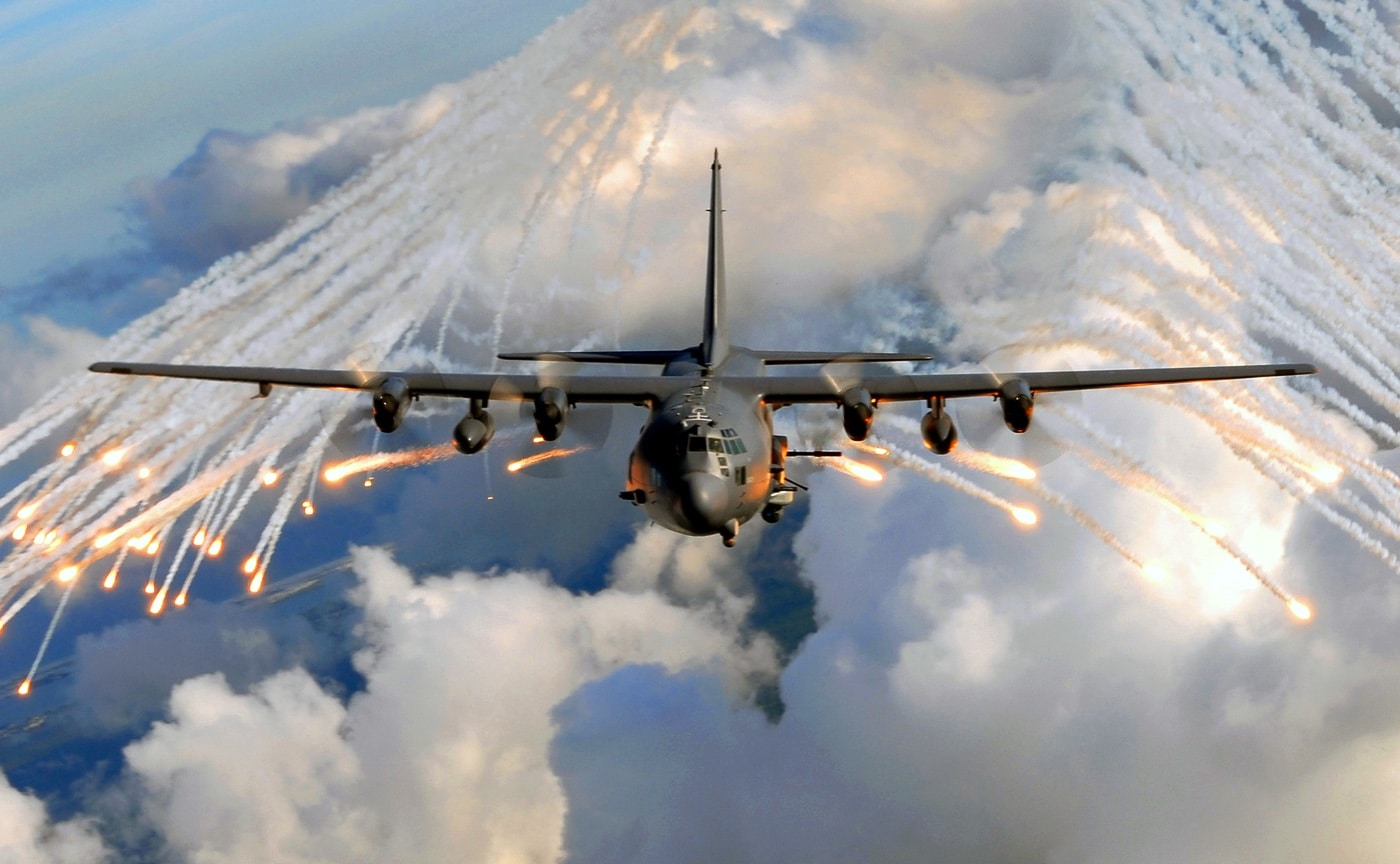
Afriend was an infantry officer during Operation Just Cause, the 1989 invasion of Panama. He told me this story as gospel. He claimed that his unit was tasked to move along a certain road to secure a certain objective. Along the way, they encountered a Panamanian unit tasked to secure the road against any American advance. There resulted a timeless quandary. An unstoppable force was arrayed against an immovable object. Both elements consisted of tooled-up young men with weapons. The foundation was laid for something truly horrible.
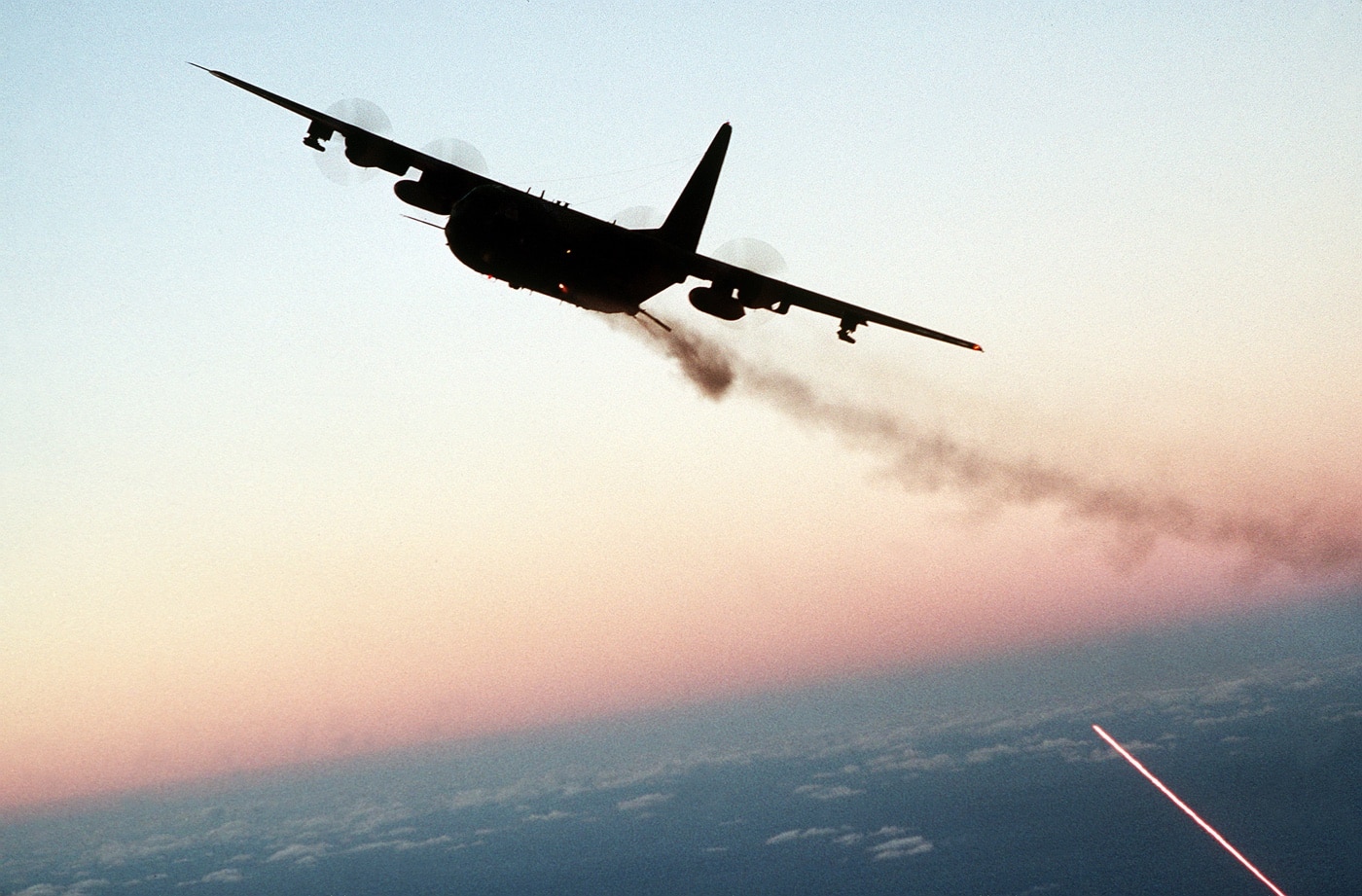
Not wishing to precipitate unnecessary bloodshed, the American commander retrieved a Spanish-speaking troop to act as an interpreter. He called a confab with his opposite number and explained his predicament. His Panamanian counterpart felt disinclined to move. By now, it was getting dark. The American CO spoke into his radio and directed the Panamanian officer’s attention toward an empty barn in a distant field.
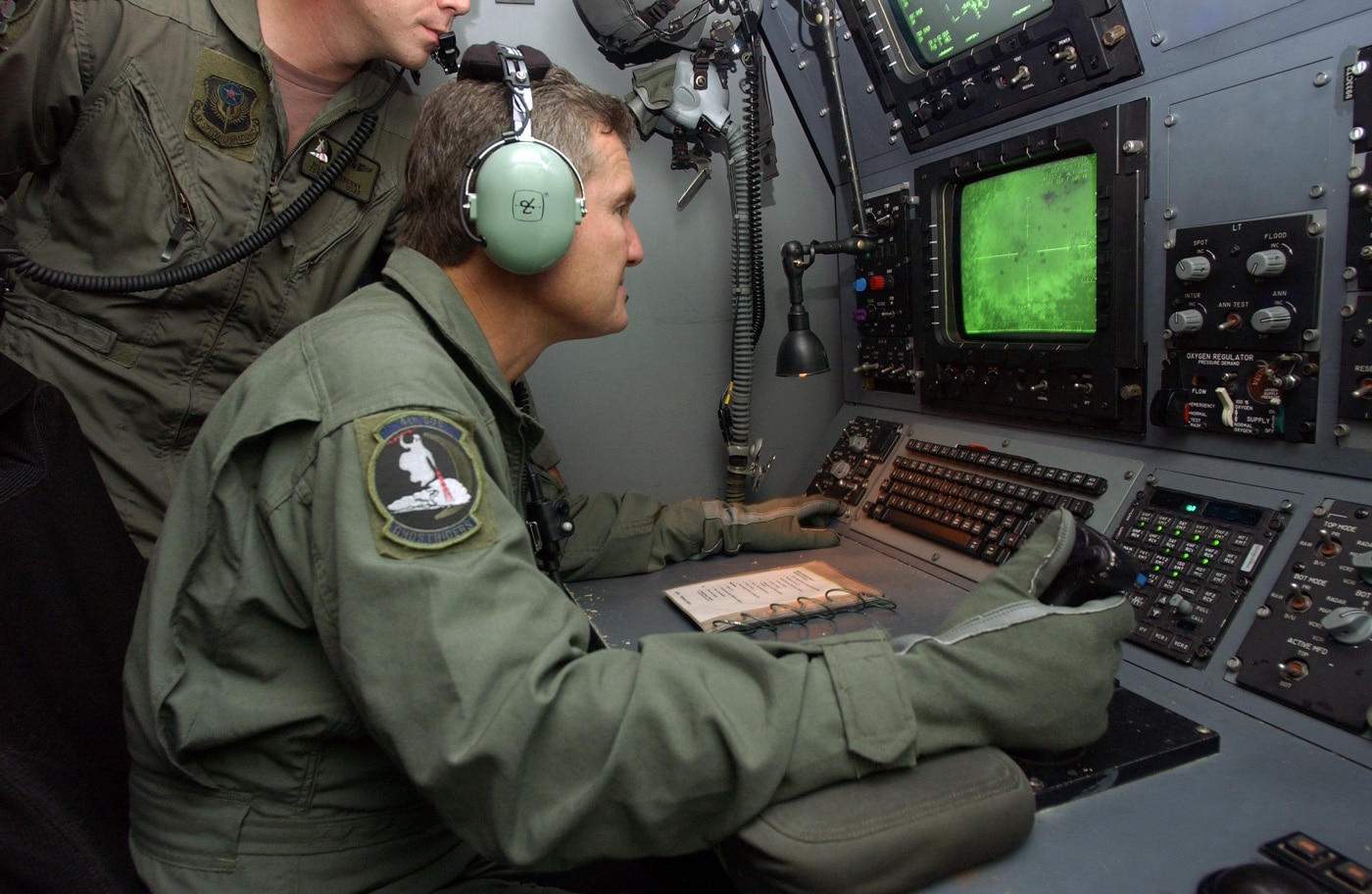
Counting down from five, the barn exploded in a massive flash just as he reached zero as though touched by the very finger of the Almighty. The Panamanian officer purportedly dismantled his roadblock. This tidy little battle had just been won by a single 105mm howitzer round fired from an unseen AC-130 gunship orbiting in the darkness above.
The Plane
The AC-130 project began in 1967 as a replacement for the AC-47 Spooky gunship. The AC-47 was called Project Gunship I. The subsequent AC-130 was something altogether new and remarkable.
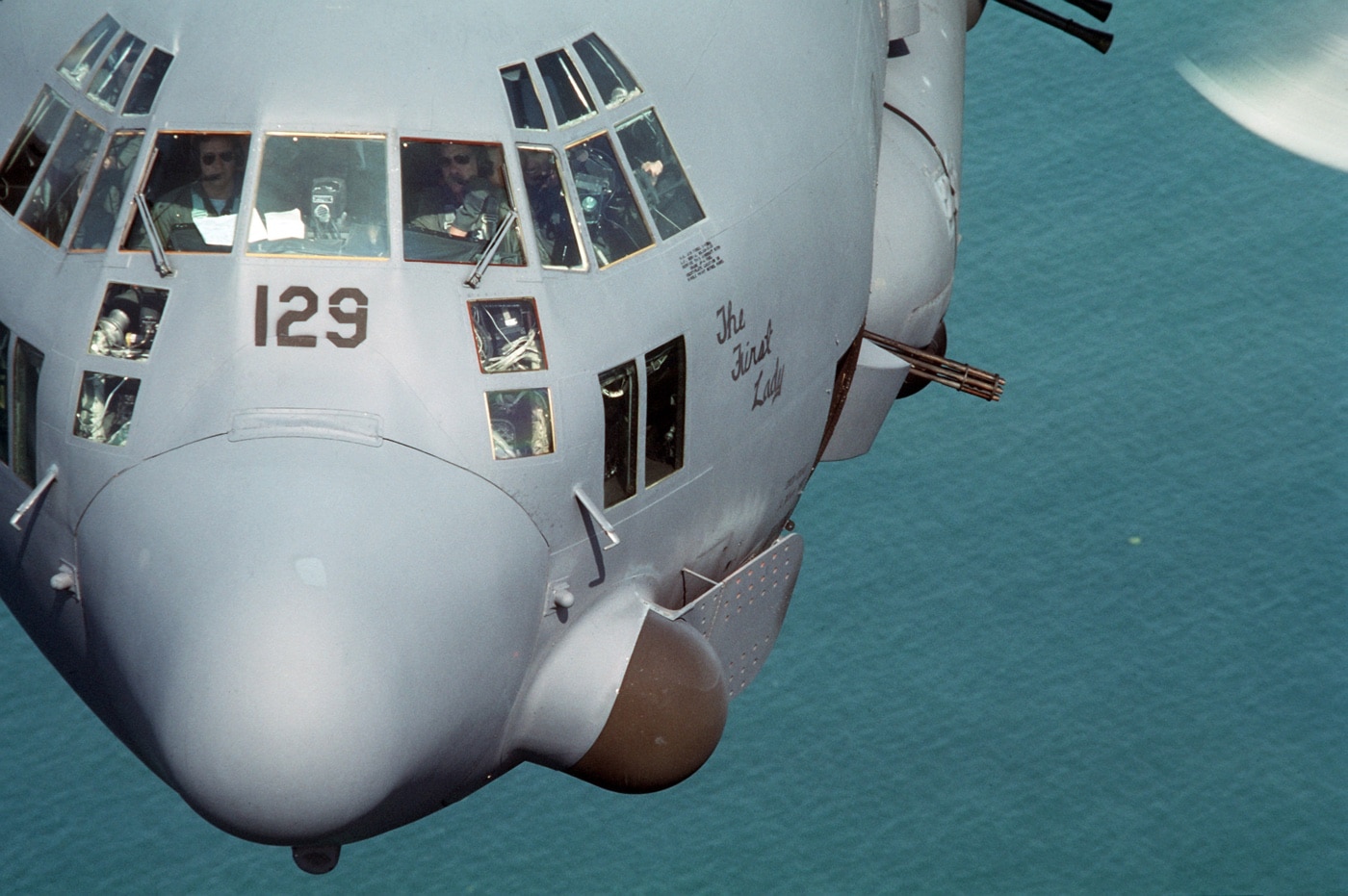
The first AC-130 was converted from a standard A-model Hercules and carried four M61 Vulcan six-barrel 20mm rotary cannon alongside another four GAU-2/A 7.62x51mm miniguns. Aerial gunnery is the very embodiment of physics. An RAF exchange officer named Tom Pinkerton scratchbuilt the first analog fire control computer used by the AC-130 while working at the USAF Avionics Laboratory at Wright-Patterson Air Force Base.
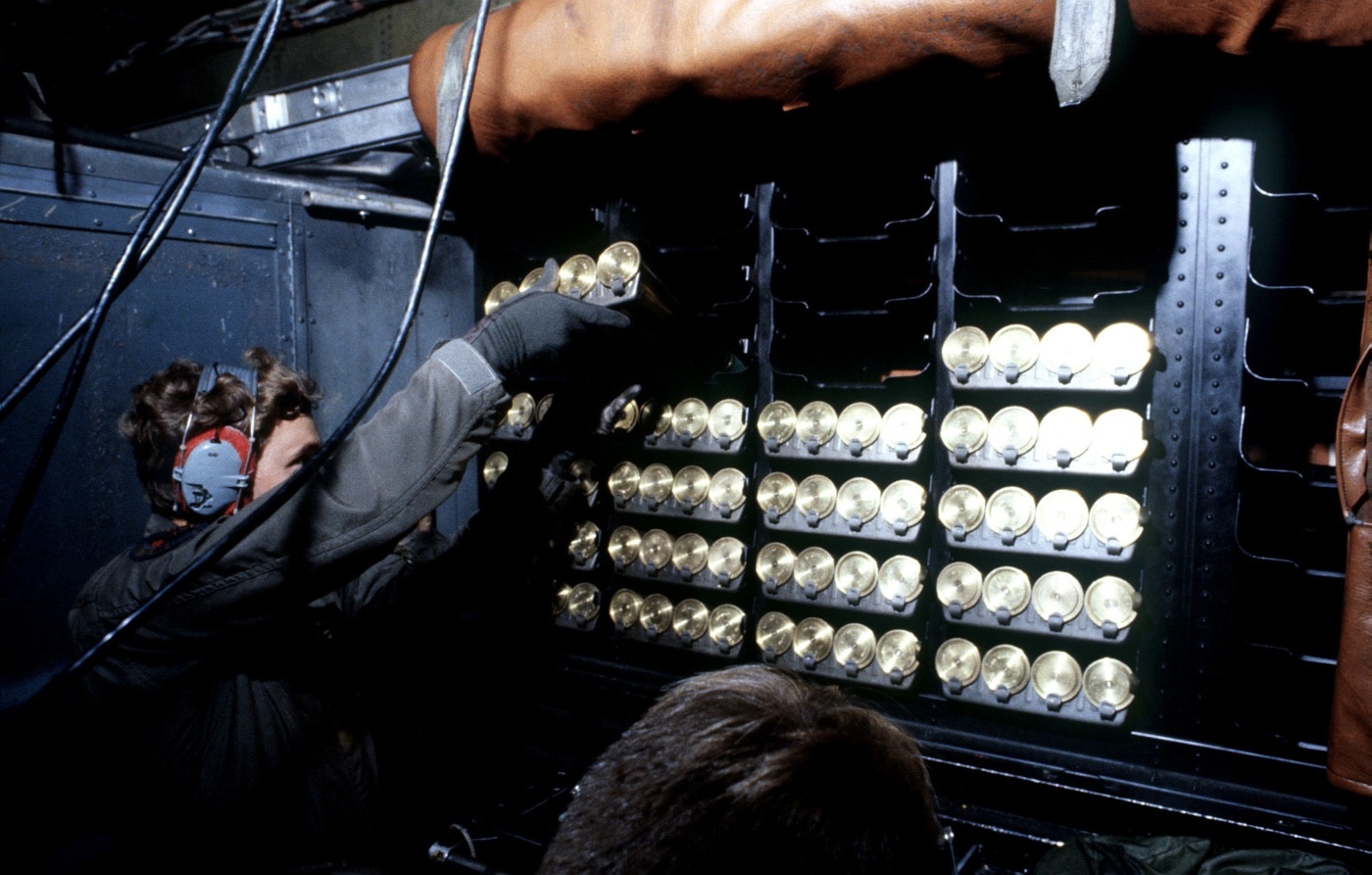
During operational testing in the Vietnam War, it was determined that the miniguns lacked the necessary range to optimize the platform, so they were deleted. This space was filled with a pair of 40mm L/60 Bofors cannons. I’ve been told that the most precise weapon on those early variants was the 40mm autocannon. In the early 1970s, these aircraft were fitted with a 105mm M102 howitzer near the aft ramp.
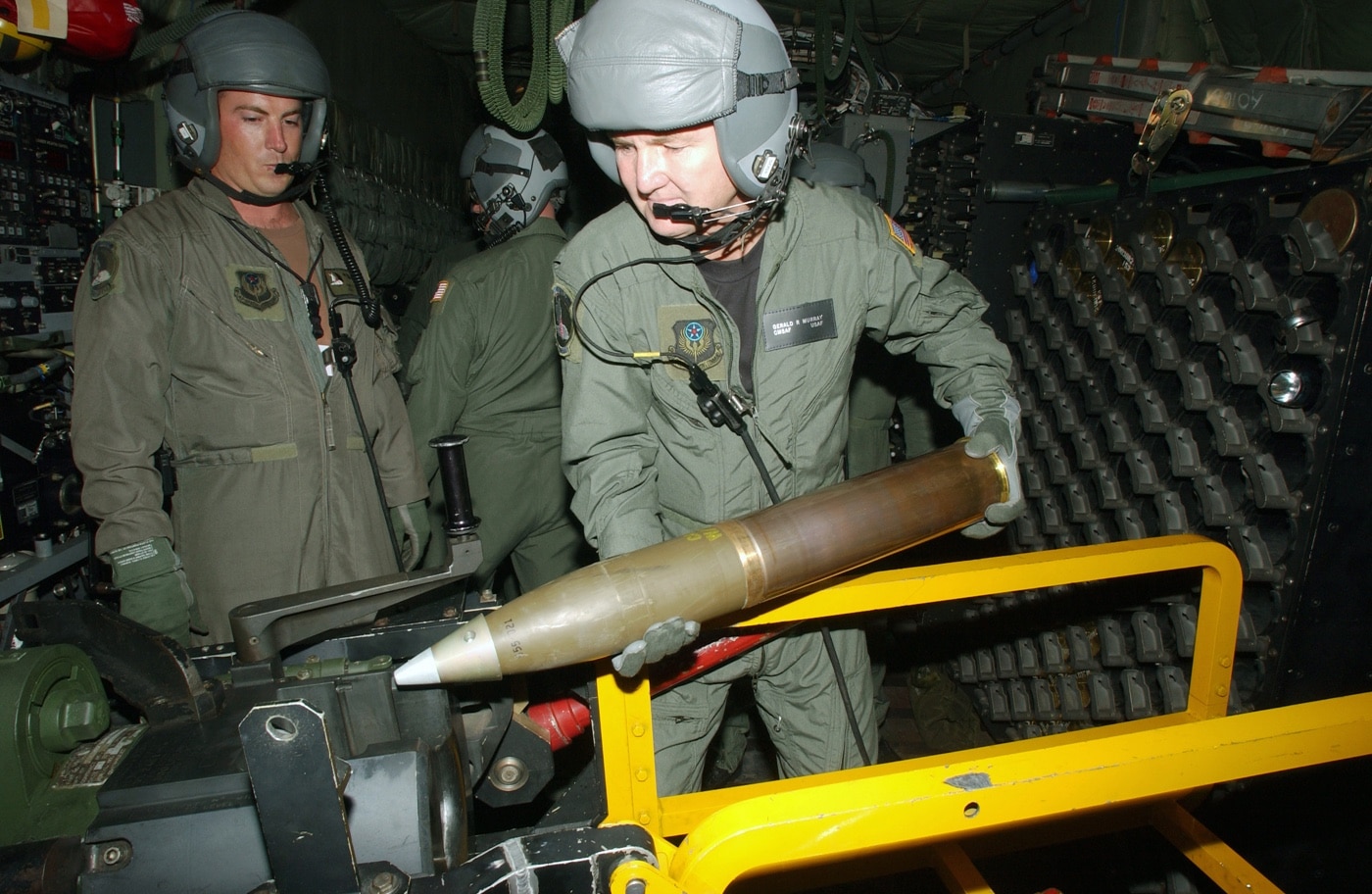
The latest versions of the AC-130 carry a single 25mm rotary cannon, a single L/60 Bofors 40mm, and the M102 105mm howitzer. AC-130s in current service can also deploy AGM-176 Griffin missiles, AGM-114 Hellfires, GBU-39 Small Diameter Bombs, or GBU-44/B Viper Strike munitions along with drones and other classified ordnance. While the weapons are always the sexiest part of the equation, what really makes the aircraft such a dominating force on the modern battlefield is its unparalleled sensor suite.
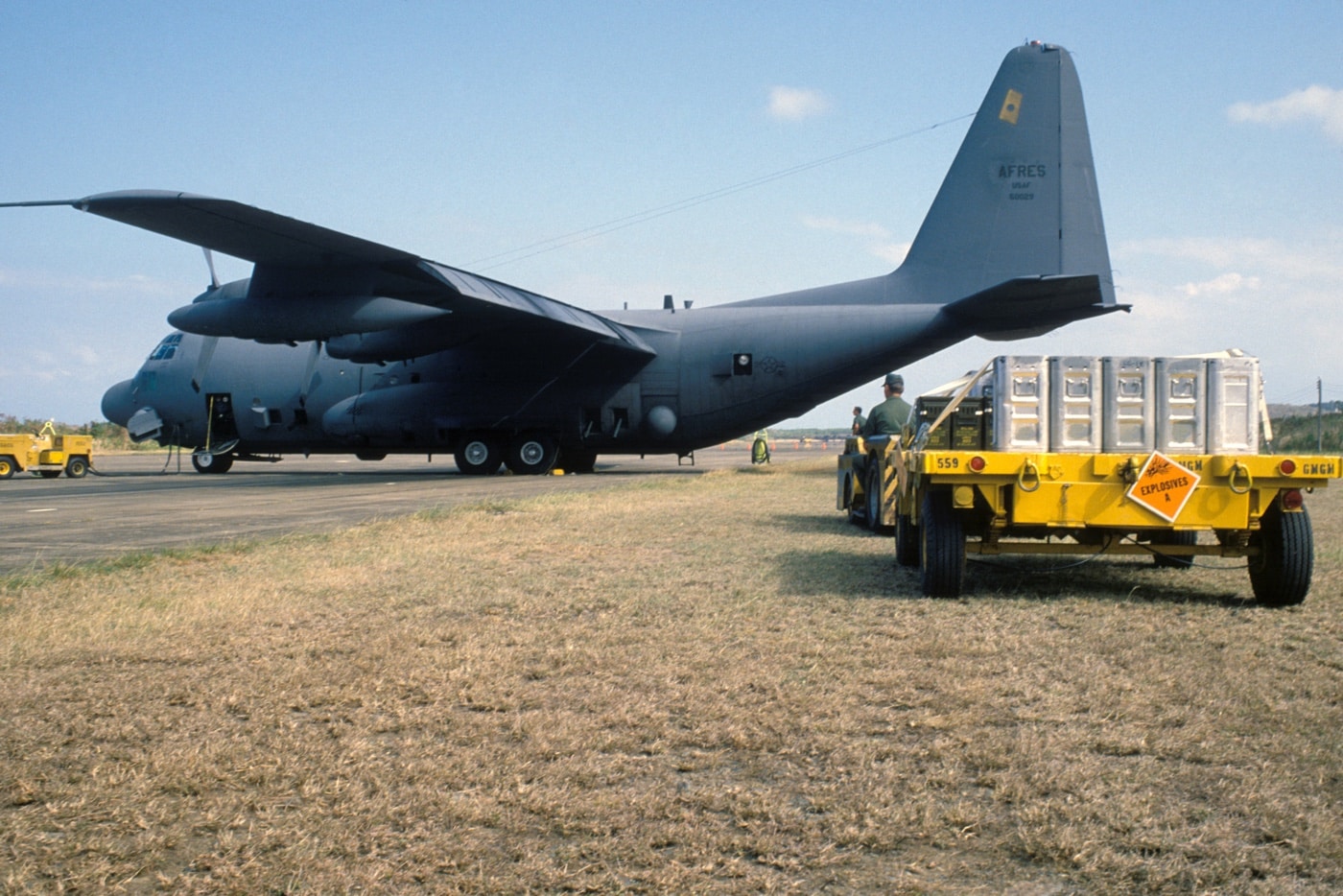
The aircraft has always carried low-light TV and infrared sensors. These advanced avionics have been steadily upgraded since the introduction of the platform. Even back during the Vietnam War, the AC-130 could detect an unshielded ignition coil in a truck from a typical engagement altitude of 7,000 feet. Nowadays, the aircraft carries the AN/APQ-180 multimode attack radar similar to that used on the F-15E Strike Eagle along with a state-of-the-art Raytheon FLIR (Forward-Looking Infrared) and a Lockheed Martin AN/AAQ-39 Gunship Multispectral Sensor System.
The AN/AAQ-39 can see most anything anywhere day or night and includes a variety of laser range finders and automatic target designators. Modern American combat uniforms and helmets typically include a small bit of reflective material on the top to make friendly troops stand out to the AC-130’s sensors at night.
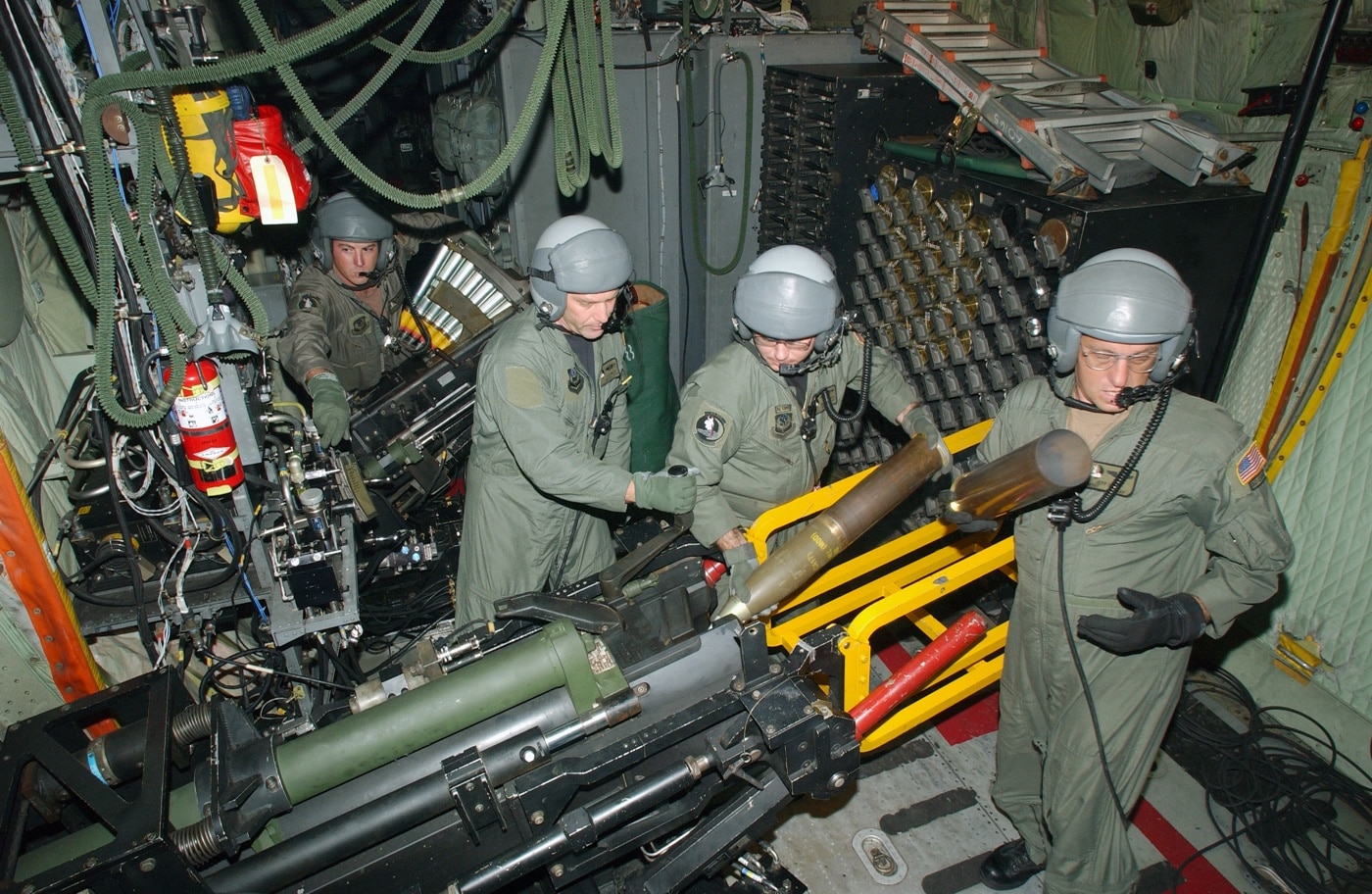
The weapons on the AC-130 are mounted on the port side of the aircraft and are fired by the pilot. By flying pylon turns, a skilled pilot can maintain a steady stream of fire on a point target for as long as the fuel and ammunition holds out. As modern variants are capable of air-to-air refueling, their missions are typically limited solely by the availability of darkness and ammo. I literally cannot imagine how horrible it would be to find oneself on the receiving end of one of these angry birds.
Operational History
These gunships have been employed in every major military engagement in which the United States has been involved from Vietnam to the present day. None have been exported. We are their sole operators.
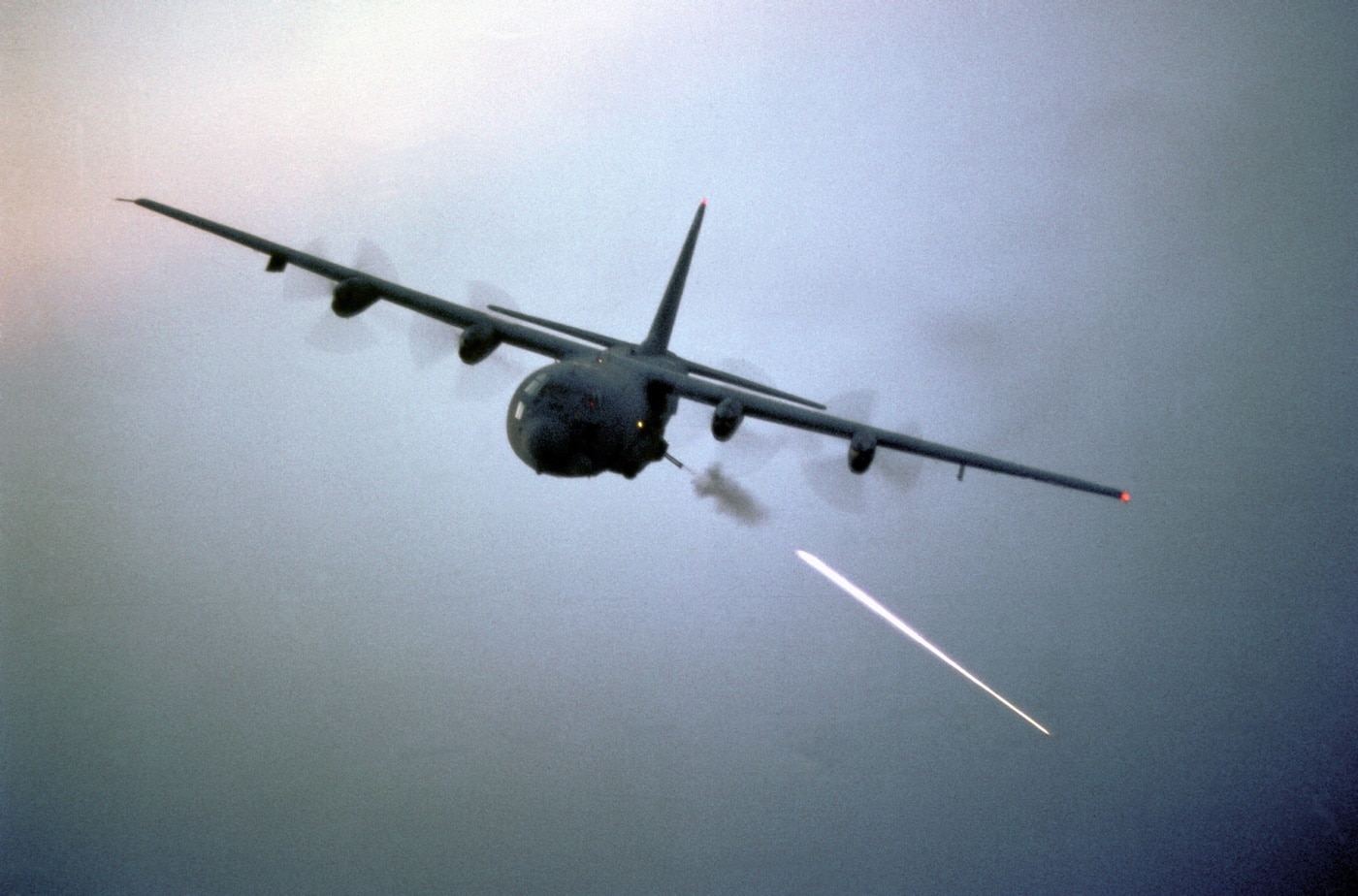
Six AC-130s were brought down during the Vietnam War by hostile action. Two were lost to surface-to-air missiles, while the remainder fell to anti-aircraft artillery. One AC-130 was shot down by a MANPADS (Man-Portable Air Defense Systems) shoulder-fired missile in 1991 and crashed off the coast of Kuwait. This aircraft, callsign Spirit 03, was lost when its crew made a conscious decision to remain in action in daylight because the Marines they were supporting desperately needed them.
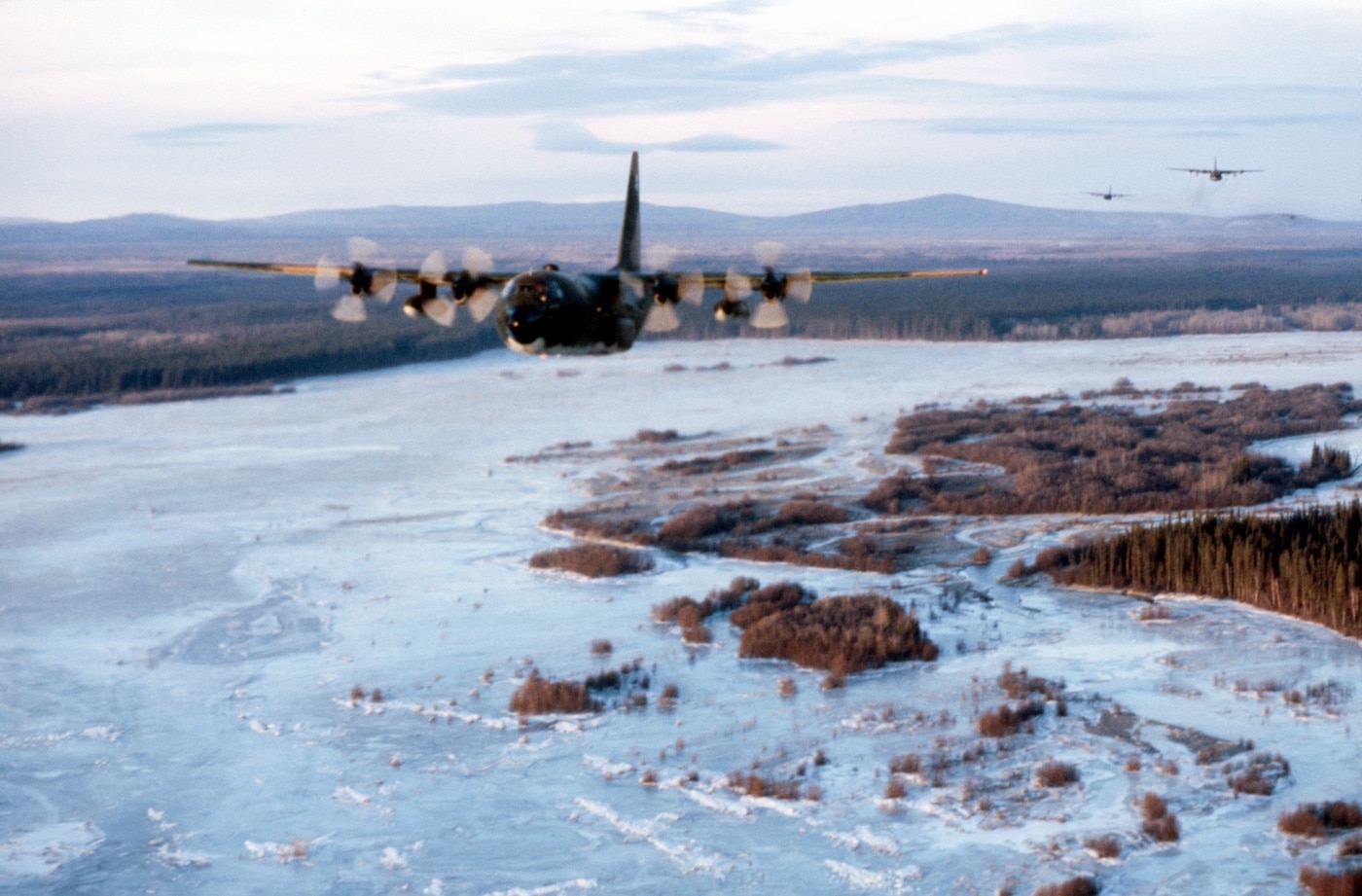
An eighth one was brought down 200 meters off the coast of Kenya while supporting combat operations in Somalia. This last aircraft suffered an in-bore detonation of a 105mm round that severely damaged the left wing. Eight of the fourteen crewmembers aboard survived the crash.
A Most Satisfying Mission
I have a buddy here in town who flew AC-130s operationally. One afternoon after church I asked him to relate his most remarkable combat experience in the plane. Without hesitation, he said it was one particular mission wherein he fired nary a shot. I bid him to proceed.
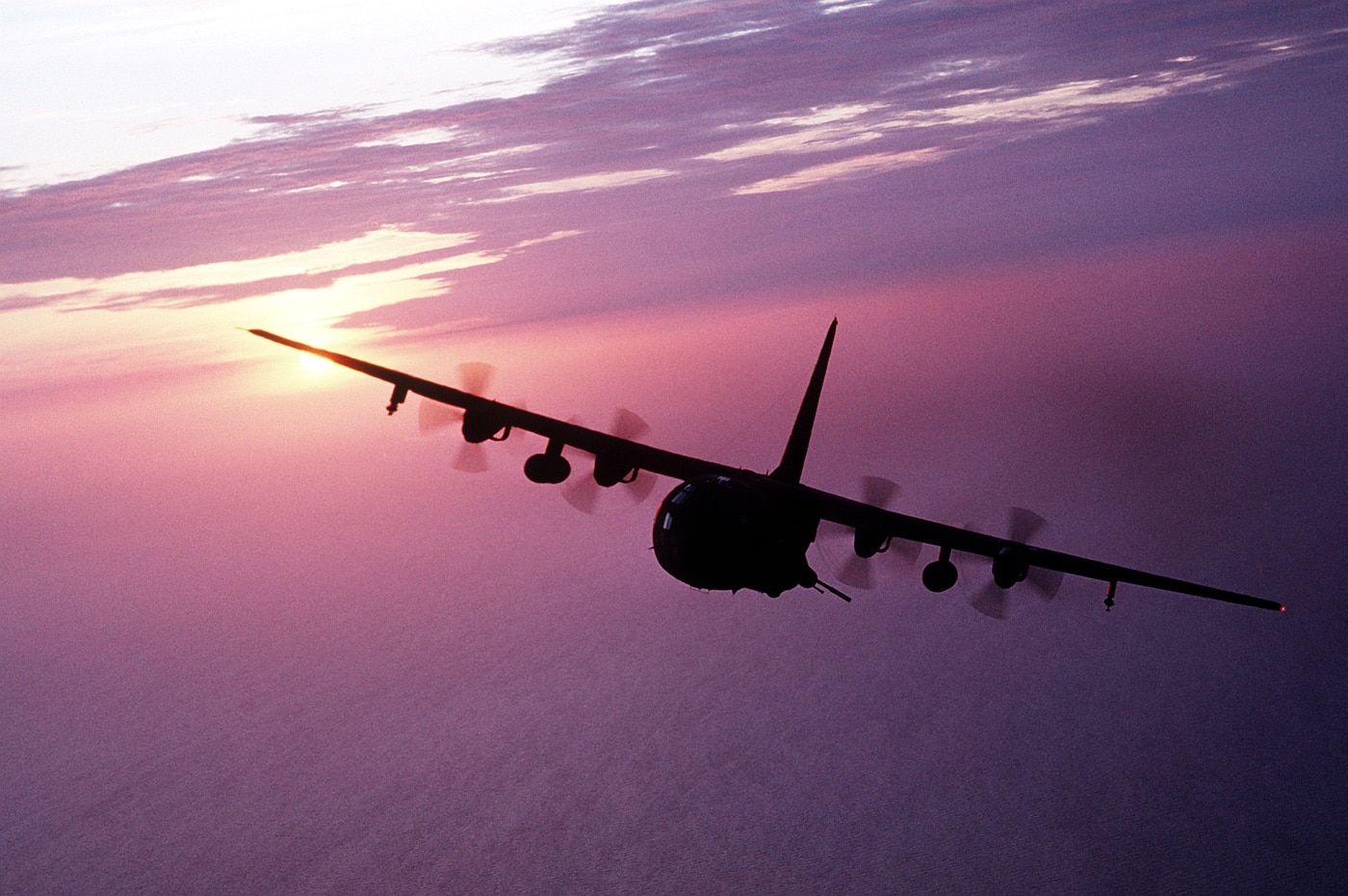
He was tasked to support a small five-man Special Forces team that had been compromised by the Taliban while on a recon mission in Afghanistan. These poor guys had been awake and on the run for several days. They were just about spent.
While the AC-130 is an undeniably fearsome weapon platform, it is also quite vulnerable. The aircraft is not terribly useful in contested airspace. Its relatively slow speed and long loiter times are benefits against targets bereft of air assets, but these attributes become liabilities in a battlespace liberally populated with MiGs and S-300 air defense systems. In Afghanistan, where the primary anti-aircraft threat was MANPADS, that just meant they flew only at night.
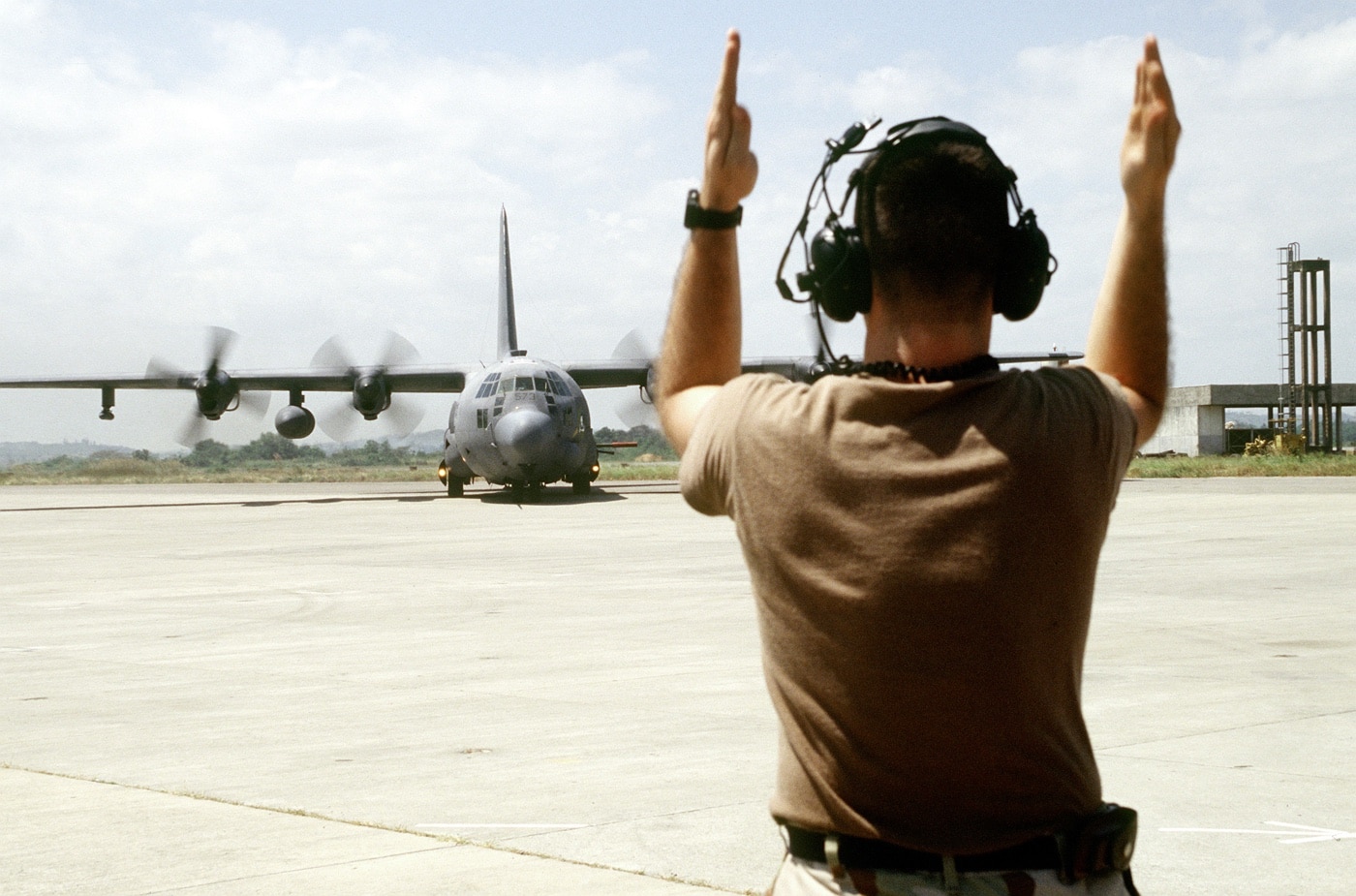
My buddy found the team easily enough and could tell from their first transmission that these guys were at the end of their rope. He took a long slow orbit around the area to ensure there were no bad guys in close proximity and then simply told the team leader to shut down and get some rest. There was no need to put out security. He would take care of that.
The Green Berets bedded down for some well-deserved shuteye, while my pal simply flew circles in the night keeping an eye out until he hit bingo fuel. At the end of the evening the SF guys were well-rested and my buddy returned to base with a full load of ordnance. Nobody got killed, and the special operators got a good night’s sleep.